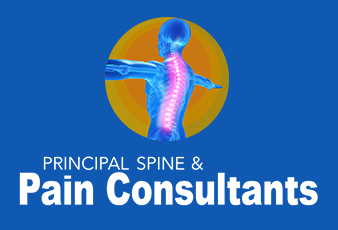
11 Apr Regenerative Medicine for Joint Pain
Patients suffering from chronic inflammatory joint and musculoskeletal pain may be candidates for regenerative medicine which can include PRP and regenerative cell injections.
What Exactly is “Regenerative Medicine?”
Regenerative medicine applies to utilizing techniques that focus on ways to repair, replace or regenerate damaged human tissue. This includes injections of PRP (platelet rich plasmapheresis) and BMAC (bone marrow aspirate concentrate) to stimulate the repair of painful ligaments tendons and joints. This can include osteoarthritis and other sports injuries. Chronic Joint pain is typically a result of chronic inflammation from past injuries and wear and tear that may not have ever fully healed. A patient’s own platelets and regenerative cells are both high in growth factors which have a remarkable ability to stimulate healing and repair which can help reduce or eliminate pain.
Joint pain can also arise from the loss of cartilage which acts as a cushion between the 2 bones of a joint. Over time as a patient loses more and more of that cushion or cartilage, the joint becomes more and more painful with increased inflammation and scar tissue forming. This is where patients then often hear the term that their joint has now become “bone on bone” and may require a total joint replacement. The initial loss of this cartilage could have stemmed from an injury many years ago. Some patients may never have had an injury but just developed osteoarthritis at a much faster rate than others. The exciting thing about regenerative medicine is that there have been some studies that even show repair and/or growth of the cartilage defect on MRI after these regenerative medicine techniques have been utilized into the joint. This may not happen all the time but most patients do experience a significant reduction in inflammation and thus a reduction in pain. I believe that one day musculoskeletal injuries and painful joints will and should be treated routinely with regenerative medicine as a first line treatment. I also believe this early line of treatment can avoid years of pain and suffering as well as prevent the possible structural changes or additional injury that can occur to a joint. The use of one’s own blood (such as in PRP) or regenerative cell rich tissue, is an exciting line of treatment that not only stimulates healing, but I believe when used early in an injury, can give the potential to heal without scar tissue.
Basics of How Regenerative Medicine Works:
Regenerative medicine is based on the very simple principle that the body has the ability to heal itself. However, many times with musculoskeletal injuries and joint pain, where there may be poor blood flow to the injured area (such as in tendon, ligament, and joint injuries), the body may not heal 100% from the injury. Many times after an initial injury or insult to a joint, the stimulus to heal is gone after the initial 4-6 week period. Regenerative medicine techniques simply give the body a very strong stimulus to heal itself again after this initial stimulus may be gone.

